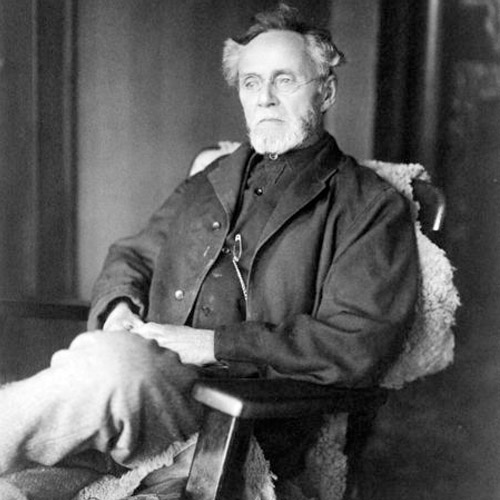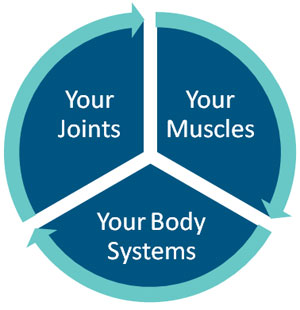What is osteopathy?
Osteopathy is a regulated manual medicine discipline that focuses on the health of your whole body. Medical practitioners who practice osteopathy are named ‘osteopaths’.
Australian osteopaths are registered practitioners who must complete five years of full time university training. In addition to learning and practicing osteopathic technique, osteopaths also have an indepth knowledge of physiology, anatomy, pathology and general medical conditions. Osteopaths are also one of a handful of medical practitioners deemed to be primary health care providers. This means that you do not require a doctor’s referral for a consultation. It also means that osteopaths are trained to recognise conditions that require further referral. Plus, if this isn’t enough – osteopaths are also qualified to carry out basic medical examinations of your cardio, respiratory and nervous systems.
What do osteopaths do?
Osteopathy is a regulated manual medicine discipline that focuses on the health of your whole body. Medical practitioners who practice osteopathy are named ‘osteopaths’.
Australian osteopaths are registered practitioners who must complete five years of full time university training. In addition to learning and practicing osteopathic technique, osteopaths also have an indepth knowledge of physiology, anatomy, pathology and general medical conditions. Osteopaths are also one of a handful of medical practitioners deemed to be primary health care providers. This means that you do not require a doctor’s referral for a consultation. It also means that osteopaths are trained to recognise conditions that require further referral. Plus, if this isn’t enough – osteopaths are also qualified to carry out basic medical examinations of your cardio, respiratory and nervous systems.
Your joints
Osteopaths understand the functions and limits to all the joints in your body. Osteopaths can diagnose, assess and treat all your joints – from your neck to your little toe.
Your muscles
Osteopaths understand how each of your muscles work. Osteopaths can diagnose, assess and treat all the muscles in your body – from your pectorals to the tendons in your feet.
Your systems
Osteopaths understand how your nervous, circulatory, digestive and lymphatic systems work with your bones and muscles. This knowledge is crucial in understanding how to best treat your body.
Osteopathy’s history
Osteopathy’s beginnings were firmly rooted in science and grown from a father’s love for his daughters.
Is there anything worse than having an ill child and not being able to do anything about it?
That’s what Dr. Andrew Taylor Still faced when he lost three of his daughters to spinal meningitis. Even in 1874, doctors were much too quick to prescribe drugs and resort to surgery instead of helping the body to heal itself. He knew there had to be a better way.
Dr. Still’s extensive experience as a doctor and surgeon in the American Civil War, and exhaustive research into human anatomy, led him to believe that illness was caused by the specific instances of the body’s natural functions being interfered with.
Like most visionaries, his work was attacked by the medical establishment. That is until he went into practice with his newly discovered techniques. His treatments were so effective that the railroad had to schedule four train stops on a daily basis to handle the influx of patients who flocked to him when word spread of the astonishing results he achieved. In 1892, Dr. Still founded the American School of Osteopathy to “enhance the study of medicine, surgery, and obstetrics.” It still thrives today and the science of Osteopathy has spread the world over. This history dispels many of the myths of osteopathy.


